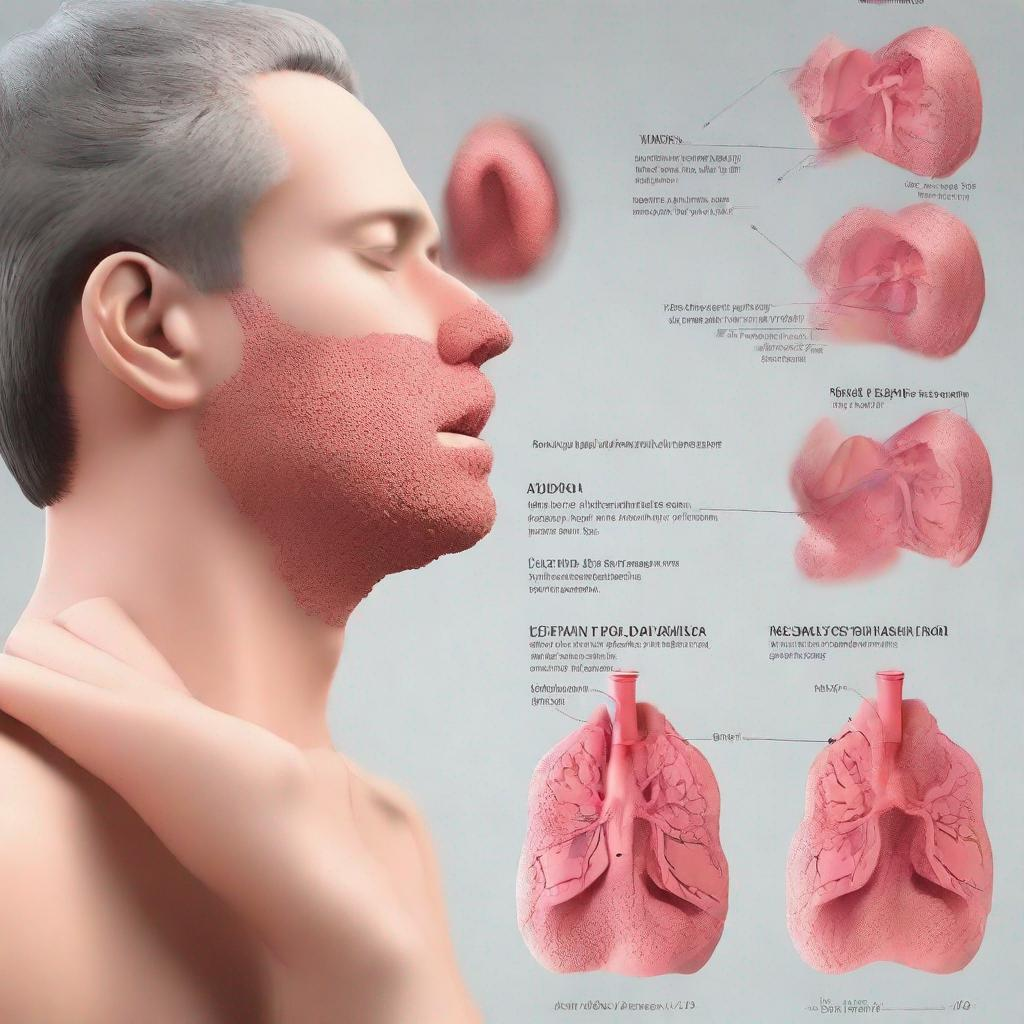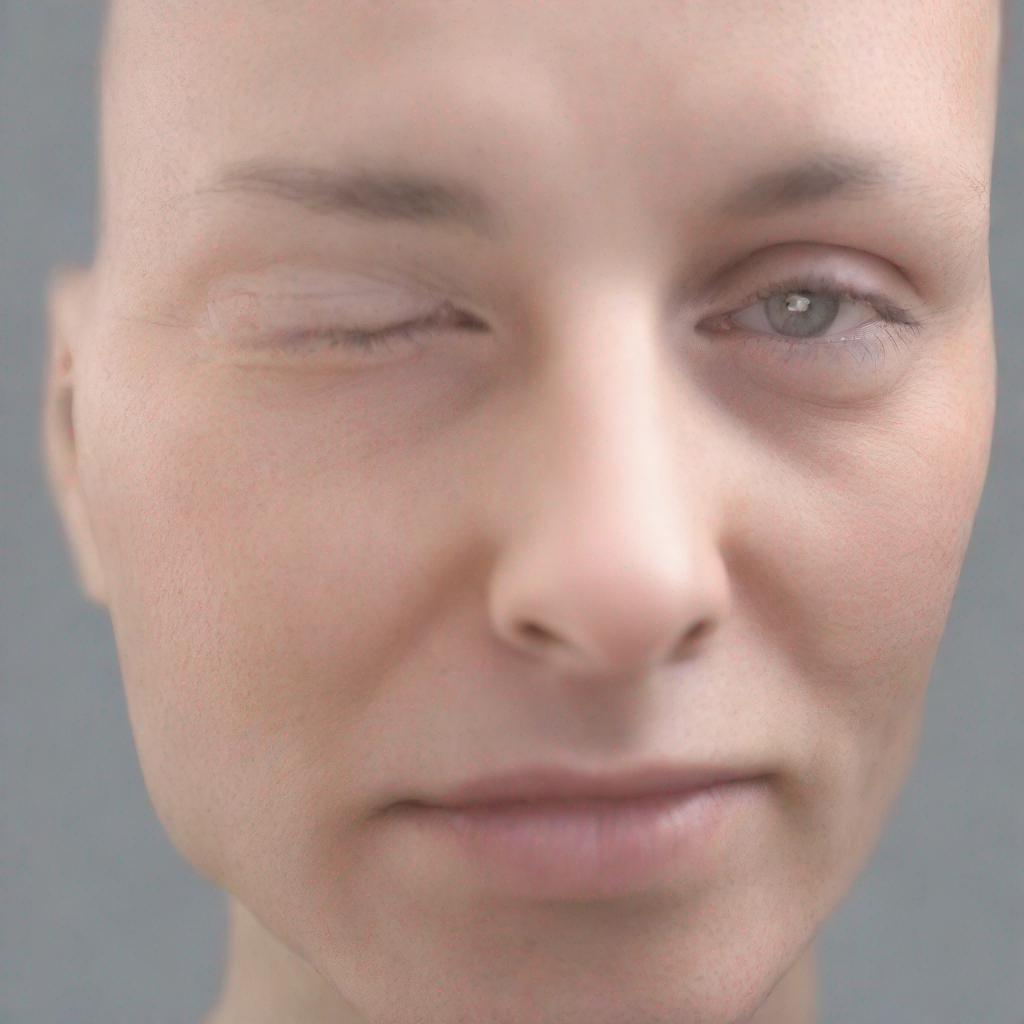## Epilepsy: A Comprehensive Guide
### Introduction
Epilepsy is a neurological disorder characterized by recurrent seizures. Seizures are episodes of abnormal electrical activity in the brain that can cause a variety of symptoms, including loss of consciousness, uncontrolled muscle movements, and confusion.
### Body Parts Involved
Epilepsy primarily affects the brain, specifically the cerebrum. The cerebrum is the largest part of the brain and is responsible for higher-level functions such as consciousness, thought, and memory. The hippocampus, a small structure located within the temporal lobe, is also involved in epilepsy.
### Symptoms
The most common symptom of epilepsy is seizures. Seizures can vary widely in type and severity. Some common types of seizures include:
* **Generalized seizures:** These seizures affect the entire brain and can cause loss of consciousness, uncontrolled muscle movements, and confusion.
* **Focal seizures:** These seizures originate in a specific area of the brain and can cause symptoms that are limited to that area.
Specific types of generalized and focal seizures include:
* **Generalized:**
* Atonic seizures: sudden loss of muscle tone
* Myoclonic seizures: brief, shock-like muscle jerks
* Absence seizures: brief lapses of consciousness
* Tonic seizures: muscle stiffening
* Clonic seizures: rhythmic muscle jerking
* Tonic-clonic seizures (grand mal seizures): start with tonic seizures and progress to clonic seizures
* **Focal:**
* Temporal lobe seizures: can cause hallucinations, memory problems, or automatisms (unconscious repetitive movements)
* Frontal lobe seizures: can cause movement disorders, speech problems, or personality changes
* Parietal lobe seizures: can cause sensory disturbances, such as tingling or numbness
* Occipital lobe seizures: can cause visual disturbances, such as flashing lights or hallucinations
### Diagnosis
Epilepsy is diagnosed based on the patient’s history of seizures and a physical examination. The doctor may also order tests such as:
* Electroencephalography (EEG): A test that measures electrical activity in the brain
* Magnetic resonance imaging (MRI): A test that creates detailed images of the brain
* Computed tomography (CT) scan: A test that creates cross-sectional images of the brain
### Treatment
Epilepsy is typically treated with anticonvulsants, which are medications that help to prevent seizures. Some common anticonvulsants include:
* Levetiracetam
* Valproic acid
* Lamotrigine
* Phenytoin
* Carbamazepine
* Topiramate
* Zonisamide
In some cases, other treatments may be necessary, such as:
* Vagus nerve stimulation: A device implanted under the skin that stimulates the vagus nerve, which helps to prevent seizures
* Deep brain stimulation: A device implanted in the brain that delivers electrical stimulation to specific areas to prevent seizures
* Surgery: To remove or disconnect the part of the brain that is causing the seizures
### Complications
If not treated properly, epilepsy can lead to a number of complications, including:
* Injuries from falls or other accidents
* Cognitive problems
* Social and emotional difficulties
* Sudden unexpected death in epilepsy (SUDEP)
### Prevention
There is no known way to prevent epilepsy, but certain risk factors can increase the likelihood of developing the condition. These risk factors include:
* Head injury
* Stroke
* Brain tumor
* Alcohol abuse
* Drug abuse
### Doctors Who Typically Perform Related Procedures
* Neurologists
* Neurosurgeons
* Epileptologists
### Related Terms
* Epilepsy Foundation
* International League Against Epilepsy (ILAE)
* Lennox-Gastaut syndrome
* Dravet syndrome
* West syndrome
* Temporal lobe epilepsy
* Frontal lobe epilepsy
* Parietal lobe epilepsy
* Occipital lobe epilepsy



